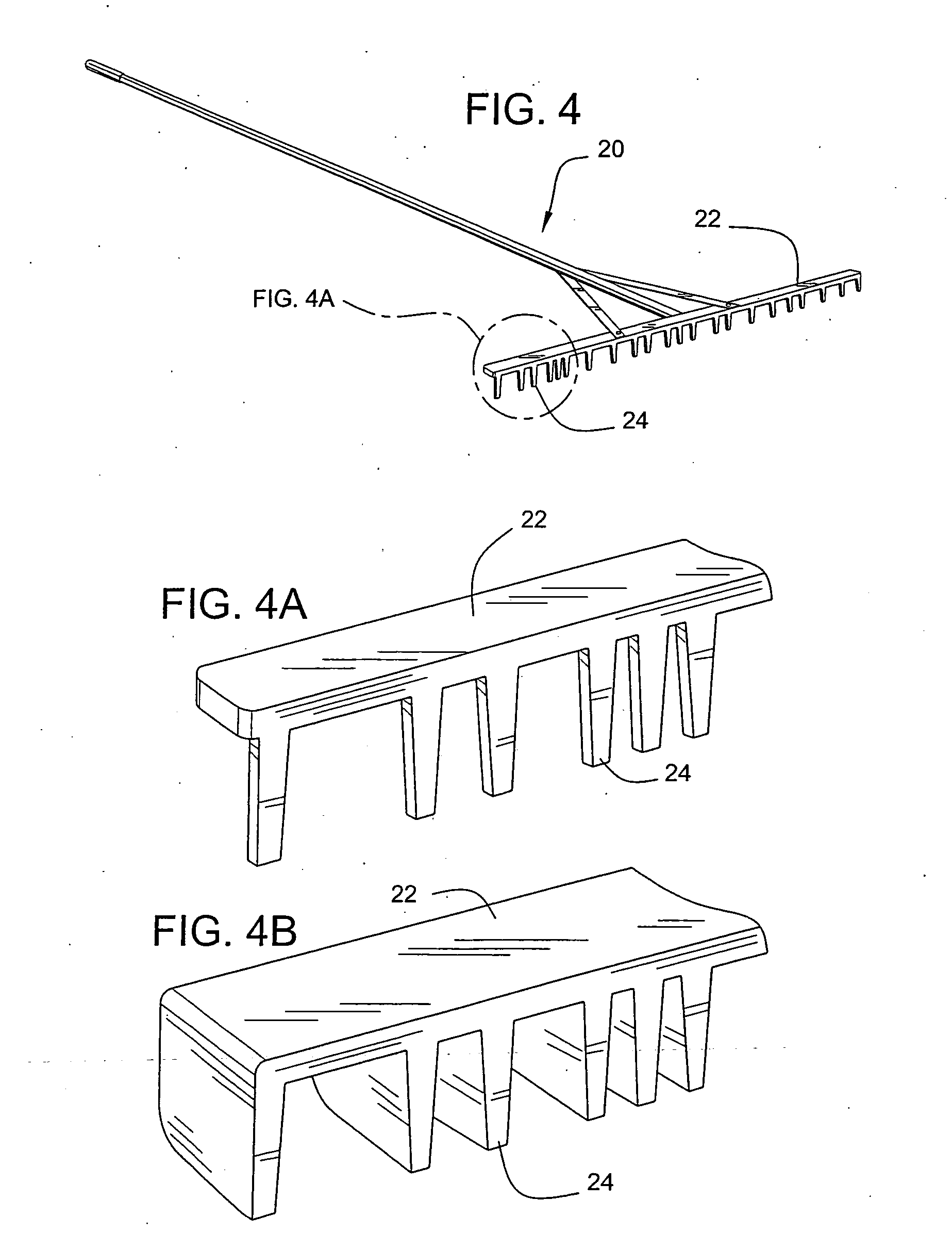Road surface sound reduction system
a technology of sound reduction and road surface, applied in temporary pavings, roads, construction, etc., can solve the problems of limited benefit of narrow spectrum gains of short or repetitive patterns, less than optimal apparent benefits, and overwhelming majority of noise produced, so as to reduce the effect of noise generation, dramatic reduction of signal amplitude, and wide bandwidth
- Summary
- Abstract
- Description
- Claims
- Application Information
AI Technical Summary
Benefits of technology
Problems solved by technology
Method used
Image
Examples
Embodiment Construction
[0018] The spreading of the acoustic energy on a road surface in accordance with the present invention can be achieved by several method variations. A preferred method would be to introduce a certain amount of randomness in the spacing of the lines in the road. The amount of randomness can be relatively small and could be generated by unique line patterns that actually repeat over a spacing of as few as a couple hundred lines. This pattern can be generated by the multiplication or convolution of a pseudorandom number with the average desired line spacing (in this example spaced by about 1 inch). The preferred and most effective implementation would specifically implement a line pattern given by a polynomial of the form:
1+x+x2+x3+x4+ . . . ,
[0019] Where each x coefficient represents one unit of time delay. In this particular case it makes no difference what the unit of delay is since the technique would scale to the appropriate delay required which depends on vehicle speed. The pol...
PUM
 Login to View More
Login to View More Abstract
Description
Claims
Application Information
 Login to View More
Login to View More - R&D
- Intellectual Property
- Life Sciences
- Materials
- Tech Scout
- Unparalleled Data Quality
- Higher Quality Content
- 60% Fewer Hallucinations
Browse by: Latest US Patents, China's latest patents, Technical Efficacy Thesaurus, Application Domain, Technology Topic, Popular Technical Reports.
© 2025 PatSnap. All rights reserved.Legal|Privacy policy|Modern Slavery Act Transparency Statement|Sitemap|About US| Contact US: help@patsnap.com



